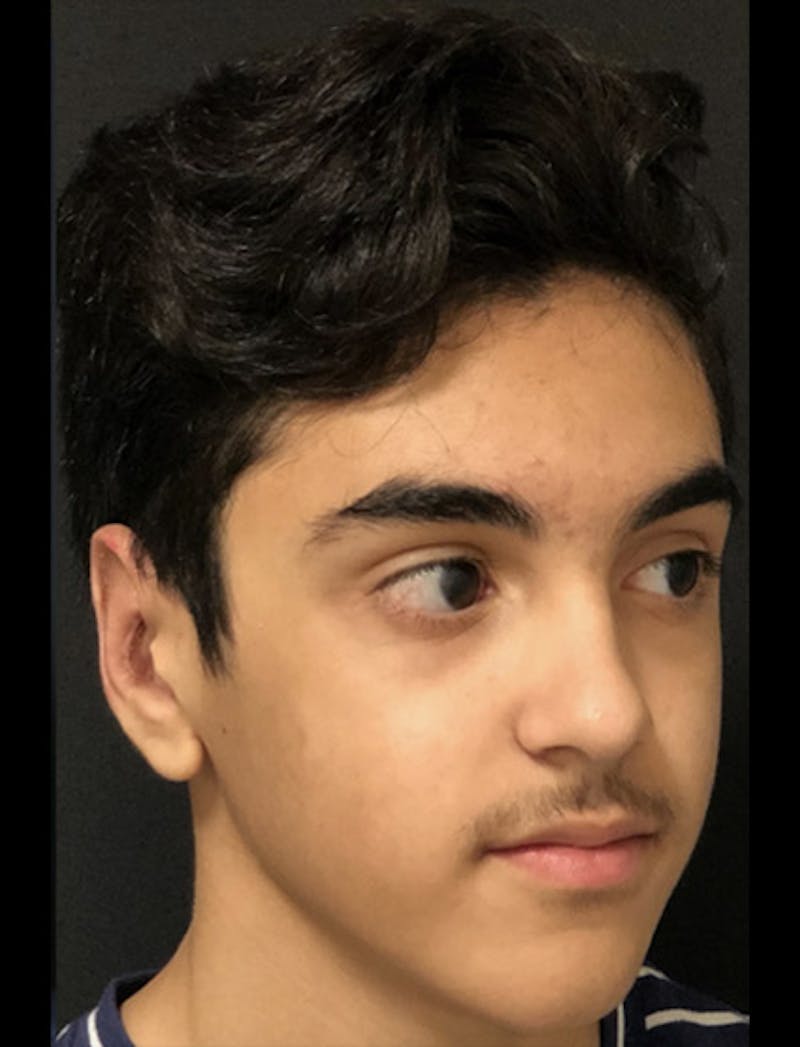Children require specialized treatment when plastic surgery is needed. They are growing very quickly, they cannot express themselves well, and they are not patient when being examined or treated.
Functional & Cosmetic Pediatric Surgery: Birth Defects and Injuries
Reconstructive surgery on children is predominantly focused on restoring normal function or avoiding future health problems, but aesthetics are important as well. Dr. Lampert believes that avoiding low self-esteem is a vital component of restoring normal form and function. Generally, reconstructive plastic surgery focuses on repairing congenital defects, deformities associated with abnormal development, injuries caused by traumatic events, and defects caused by tumors or disease. Some of the conditions treated are:
- Prominent or asymmetric ears
- A broken or crooked nose
- Birthmarks, burns, and scars
- Abnormal breast development, Poland’s syndrome, and Gynecomastia
- Traumatic injury repair from dog bites, car accidents, or other injuries
- Ear defects, missing ears
- Cleft lip and palate repairs
- Cleft nasal deformity
- Neurofibromatosis and Von Recklinghausen Disease
- An abnormally shaped skull (from Craniosynostosis or Plagiocephaly) and birth defects of the face and skull
- Micrognathia – an undersized jaw
- Facial paralysis
- Birth injuries – nerve injuries
- Webbed fingers or an extra finger
Surgery has to be planned to keep in mind the amount of growth that will still occur after the procedure, as well as the potential impact of the surgery on any future growth. For some conditions, surgery should wait until growth is nearly complete. Comparing the child’s stature to the parents may help. Additionally, hand X-rays can be performed to evaluate any remaining growth plates, which can help determine how much more growth is expected. Other conditions, such as cleft palate or cleft lip, are repaired earlier in life.









